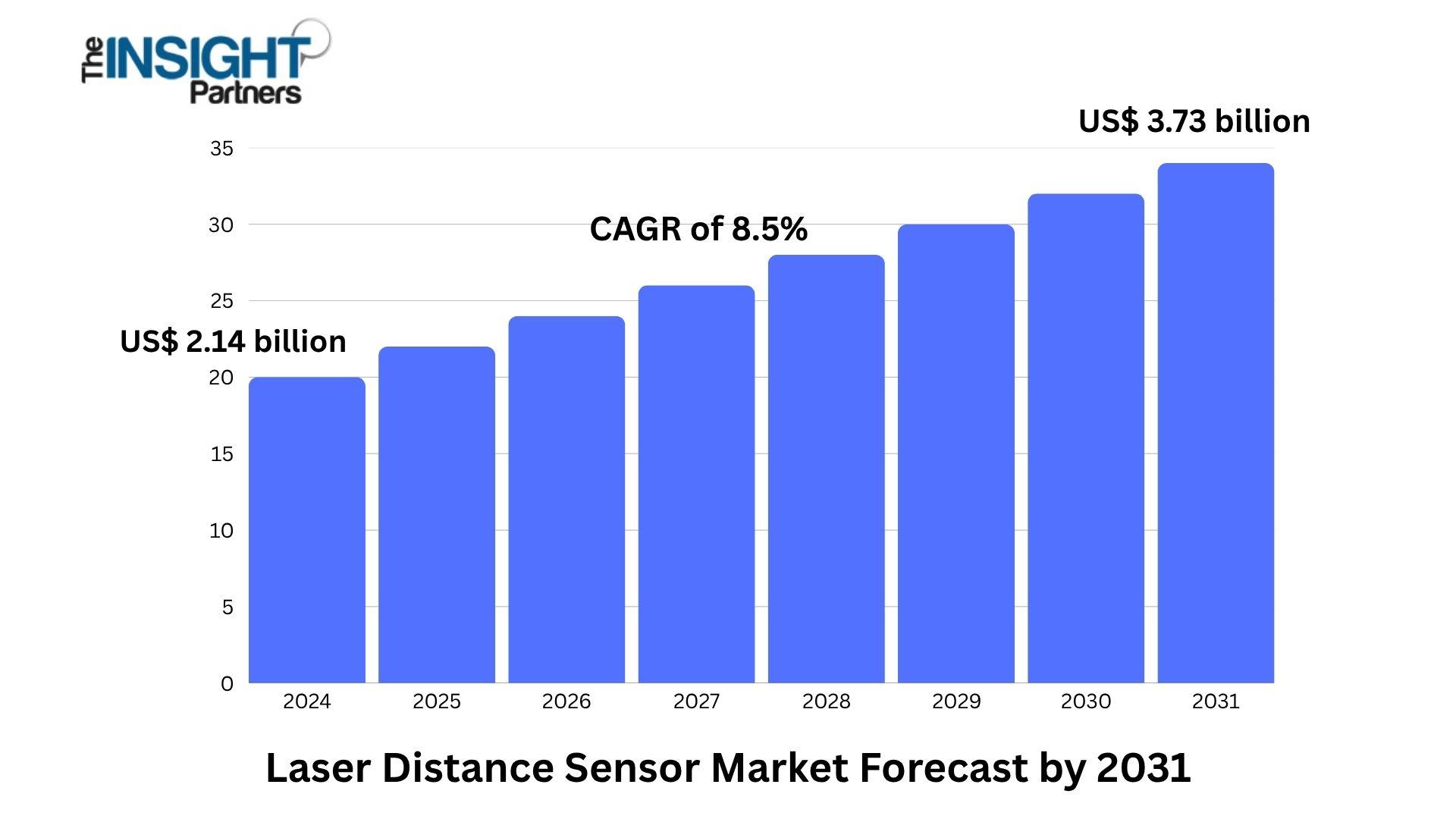Advanced Fibre Welder Technology for High-Precision Metal Joining
Fibre welding technology has rapidly transformed how industries approach precision metal joining, offering unmatched speed, strength, and control. Whether for automotive, aerospace, electronics, or medical applications, a fibre welder stands out as a cutting-edge solution for both thin and thick metal materials. Let’s explore what makes fibre welders a powerful choice and how businesses can benefit from adopting this laser-based innovation.
🔧 What is a Fibre Welder?
A fibre welder is a type of laser welding machine that uses a fibre laser to deliver high-intensity light through an optical fibre cable to the workpiece. The beam is extremely focused, producing deep and narrow welds with minimal heat-affected zones (HAZ).
⚙️ Key Features of Fibre Welders
| Feature | Description |
|---|---|
| Laser Type | Fibre laser, typically 1000W–3000W for industrial use |
| Welding Method | Non-contact, high-speed, precision welding |
| Material Compatibility | Stainless steel, carbon steel, aluminum, copper, titanium, and alloys |
| Cooling System | Water-cooled to maintain continuous operation |
| Control System | CNC or touchscreen interface with pre-programmed settings |
| Portability | Available in handheld or automated robotic arm systems |
🛠️ Advantages of Using Fibre Welder Technology
1. Superior Welding Quality
-
Produces clean, narrow weld seams
-
Minimal spatter or distortion
-
Low porosity and strong joint penetration
2. High Speed & Efficiency
-
Welds up to 4x faster than traditional TIG/MIG methods
-
Less downtime with no filler wire or shielding gas (optional)
3. Versatility
-
Effective on reflective and thin materials
-
Compatible with automation systems and cobots
4. Low Maintenance
-
Long laser source lifespan (up to 100,000 hours)
-
Few moving parts reduce wear and tear
🔍 How Fibre Welders Work
A fibre welder channels laser energy from a diode through a fibre-optic cable. The laser beam is focused to a small spot where intense heat is generated, instantly melting and joining the metal surfaces. Operators can control beam parameters (pulse width, frequency, power density) for precise weld customization.
The key advantage lies in its beam quality—resulting in precise control over the weld pool and the ability to join dissimilar metals.
🏭 Industries Benefiting from Fibre Welders
| Industry | Application Example |
|---|---|
| Automotive | Battery tab welding, exhaust components |
| Aerospace | Lightweight alloy welding, turbine parts |
| Electronics | Micro-welding for sensors, connectors |
| Medical | Stainless surgical tool manufacturing |
| Jewelry | Fine gold/silver welding without discoloration |
💡 Ideal Scenarios to Choose a Fibre Welder
-
You require fast, high-precision welding for small or delicate components
-
You need low-heat, low-deformation joining methods
-
Your production setup is automated or robotic
-
You’re working with highly reflective or conductive materials like copper
-
You seek to reduce operating costs with minimal consumables
📊 Fibre Welder vs Traditional Welding
| Aspect | Fibre Welder | MIG/TIG Welding |
|---|---|---|
| Speed | High (up to 4x faster) | Moderate |
| Heat Affected Zone | Minimal | High |
| Consumables | Rarely needed | Filler wire, shielding gas needed |
| Precision | High (0.1mm accuracy) | Moderate |
| Skill Requirement | Easy with training | Skilled hand required |
| Automation Ready | Fully compatible | Limited integration |
❓ Frequently Asked Questions (FAQs)
Q1: Can a fibre welder replace traditional TIG welding?
A: Yes, especially in applications requiring speed and precision. Fibre welding is particularly advantageous where clean, repeatable welds are needed.
Q2: Is fibre laser welding suitable for aluminum or copper?
A: Absolutely. Fibre welders handle reflective materials like aluminum and copper with ease, thanks to their high absorption rates at specific laser wavelengths.
Q3: Are handheld fibre welders easy to operate?
A: Most models come with ergonomic handles and intuitive interfaces. Even beginners can learn basic operations within hours, although professional training is recommended.
Q4: What maintenance is required for fibre welders?
A: Fibre lasers are low-maintenance. Regular cleaning of the lens and cooling system, along with occasional software checks, is sufficient.
Q5: Can it be used for micro-welding applications?
A: Yes. With the ability to focus the laser to a micron-scale spot, fibre welders are ideal for microelectronics, watchmaking, and precision instruments.
📦 What to Look for When Buying a Fibre Welder
-
Wattage & Power Range: Depends on material thickness and production volume
-
Cooling Method: Water-cooled systems are ideal for long shifts
-
Interface & Software: Look for user-friendly touchscreens with memory presets
-
Safety Features: Interlock systems, shielding, and protective eyewear compliance
-
Warranty & Support: Ensure access to technical support and parts
🧪 Real-World Use Case Example
A small automotive component manufacturer shifted from TIG to a 1500W handheld fibre welder. Results:
-
Welding time reduced by 70%
-
Heat-affected zone dropped from 3.5mm to 0.6mm
-
Zero post-weld grinding needed
-
Overall defect rate decreased by 30%
This example highlights how fibre welders increase both efficiency and product quality without sacrificing structural strength.
📌 Pro Tips for Getting the Most from Your Fibre Welder
-
Test Settings First: Always run a test weld to fine-tune power and speed
-
Use Protective Gear: Laser radiation is dangerous—safety glasses are a must
-
Keep the Lens Clean: Dirty optics reduce beam quality and can cause overheating
-
Automate for Consistency: Use jigs or robotic arms for consistent welding paths
-
Monitor Beam Focus: Adjust nozzle distance to maintain precise energy delivery







